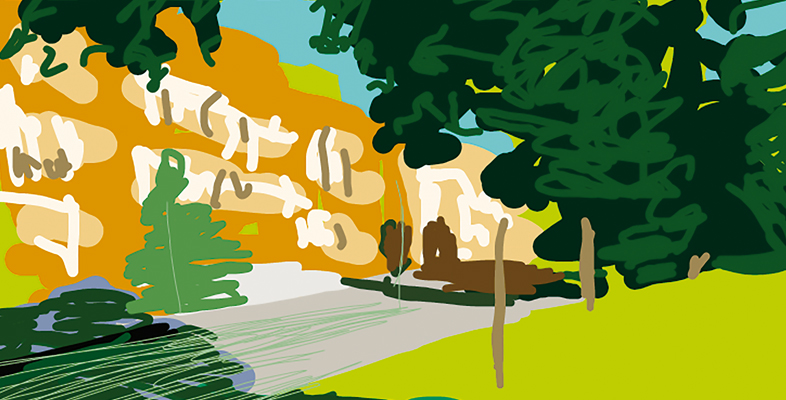Affordance
This is the way in which the perceivable characteristics of an object, such as shape, size, location, colour or texture, signal the way in which the object can be used. This applies to both physical and, by similarity, virtual objects. For example, a physical button affords to be pushed down; similarly, the virtual representation of a button on a website evokes the affordance possessed by the physical object it represents, thus letting the user know that they can press it (i.e. click on it).
It is important to consider that the extent to which the characteristics of an object communicate certain affordances depends on who the user is. For example, the iconic representation of functions is only useful if the user has the ability to recognise virtual objects as referring to physical ones familiar to them – for example, a virtual button will afford pushing (through clicking on it) only if the user recognises the icon of the button in the first place. This is a particularly important consideration, for example, when designing interfaces for very young children or for people from very different cultures. Indeed, affordance can be described as a special form of consistency between the characteristics of an interface and the characteristics of its user.
